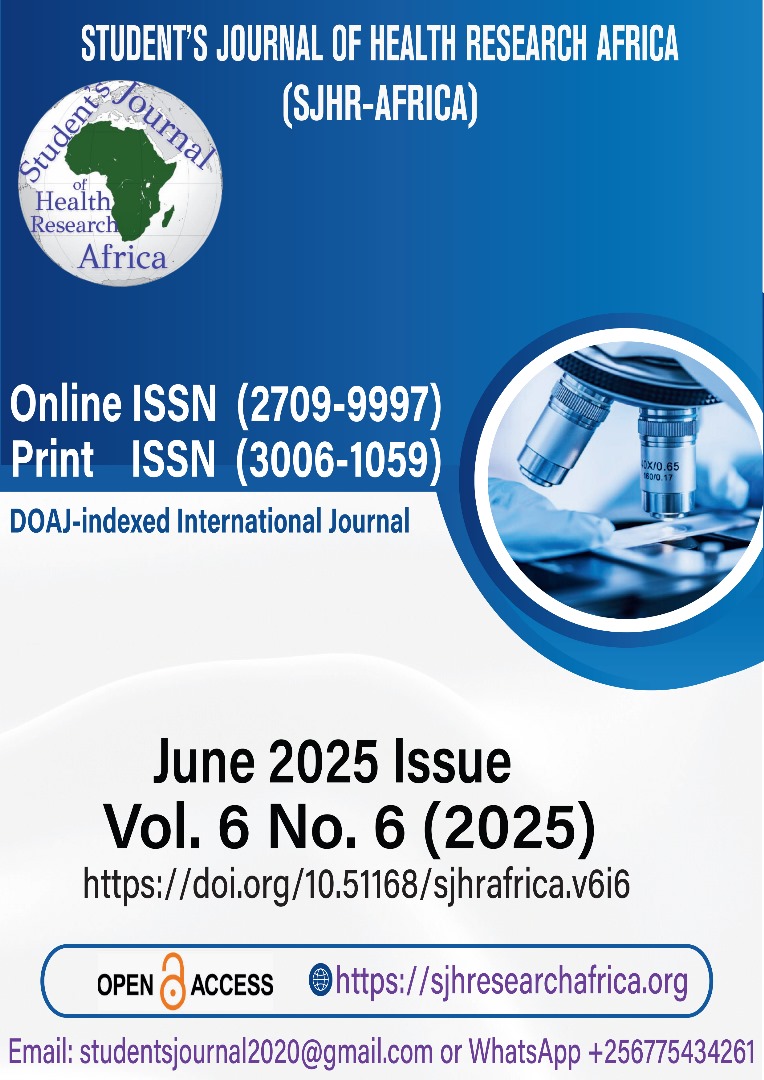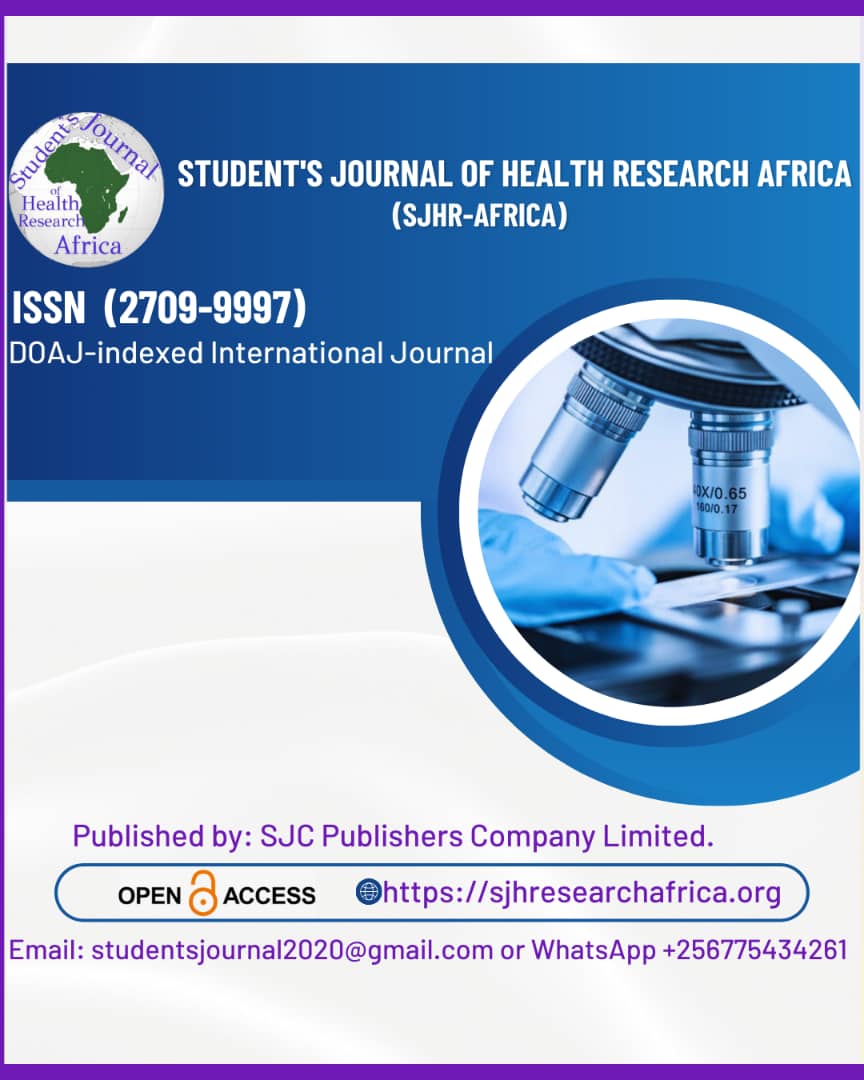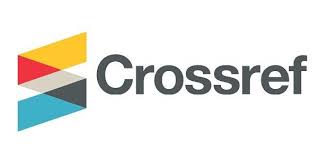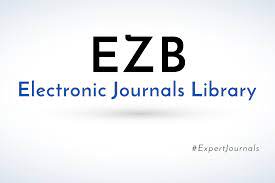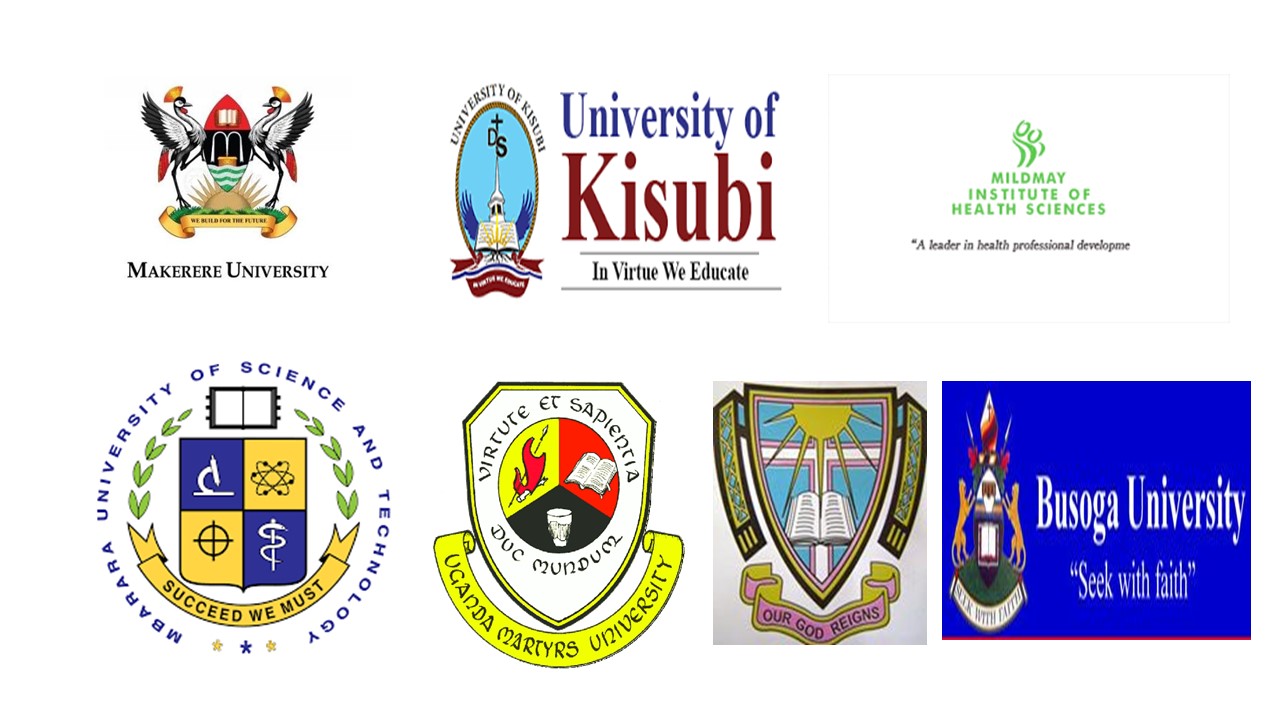“A clinical cross-sectional study on thyroid goitre: correlation of high-resolution ultrasonography and fine needle aspiration cytology with histopathological examination.”
DOI:
https://doi.org/10.51168/sjhrafrica.v6i6.1703Keywords:
Thyroid gland, Goitre, thyroid-stimulating hormone (TSH), Thyroid Imaging Reporting and Data System, Fine Needle Aspiration Cytology, HistopathologyAbstract
Background:
High-resolution ultrasonography (USG) detects nodules in 19–67% of cases, with higher prevalence in women and older adults. To evaluate the clinical, pathological, and demographic characteristics of patients with thyroid goitre and to assess the correlation between clinical findings, imaging, and histopathological outcomes.
Material and methods:
This descriptive cross-sectional study was conducted from 2022 to 2024 in the Departments of General Surgery, Pathology, and Radiology, South Central Railway Hospital, Lalaguda. All consenting patients presenting with thyroid goitre were included until the target sample size of 60 was reached. Each underwent clinical evaluation, ultrasonography, fine needle aspiration cytology (FNAC), and histopathological examination.
Results:
Most participants (41.7%) were aged 40–50 years, 30% were above 50 years, and 6.7% were under 30 years. Females predominated (83.3%). An insidious onset was reported in 90% of cases. Clinically, 41.7% were asymptomatic, while difficulty in swallowing (16.7%) was the most frequent symptom, followed by palpitations (10%), weight loss (8.3%), pain (6.7%), constipation (6.7%), weight gain (5%), and voice change (5%). Thyroid swellings most frequently measured 6×4 cm (21.7%) and 4×5 cm (20%). Morphologically, 83.3% of the specimens showed a butterfly shape. TIRADS imaging classified 38.3% as TIRADS 2, 21.7% as TIRADS 3, 20.0% as TIRADS 5, 18.3% as TIRADS 4, and 1.7% as TIRADS 1. FNAC revealed 56.7% as Bethesda 2 (benign), while 33.3% showed suspicious or malignant cytology.
Conclusion:
This study underscores the importance of combining imaging and cytological evaluation for accurate diagnosis of thyroid nodules. Correlation of TIRADS, FNAC, and histopathology improves diagnostic precision, guiding timely clinical management and enhancing patient outcomes.
Recommendations:
Wider application of standardized USG-based TIRADS reporting and Bethesda cytological classification should be encouraged to reduce unnecessary surgeries. Early evaluation of thyroid swellings, particularly in high-risk groups such as women over 40, is recommended.
References
Gopinath et al. A clinicopathological study of thyroid swellings in a tertiary centre. Int J Surg Sci. 2020;4(4):268-71. https://doi.org/10.33545/surgery.2020.v4.i4e.568
Durante C, Grani G, Lamartina L, Filetti S, Mandel SJ, Cooper DS. The diagnosis and management of thyroid nodules: A review. JAMA. 2018 ;319(9):914-24. https://doi.org/10.1001/jama.2018.0898
Chittipotula B, Patra RK. Clinical study of the prevalence of malignancy in nodular thyroid swelling. International Surgery Journal. 2021 Jul 28;8(8):2345-9. https://doi.org/10.18203/2349-2902.isj20213126
Chaitanya K. Study of clinicopathological profile of solitary nodule in thyroid at a tertiary hospital. 2020;3(4):1-8.
Chanda R, Mekala SK, Yesupogu. A clinical study on the diagnosis and management of multinodular goitre. J Evid Based Med Healthc. 2020;7(34):1755-8. https://doi.org/10.18410/jebmh/2020/365
Rathod AS, International Journal of Otorhinolaryngology and Head and Neck Surgery. Int J Otorhinolaryngol Head Neck Surg. 2021;7(3):448-51. https://doi.org/10.18203/issn.2454-5929.ijohns20210473
Sreenivas D. Clinical study on management of multinodular goitre. J Med Sci Clin Res. 2017;5:22294- 300. https://doi.org/10.18535/jmscr/v5i5.165
Ahuja AT, Evans RM. Practical head & neck ultrasound. 2000;2(3):23-9. https://doi.org/10.1017/CBO9781139878388
Zhang B, Tian J, Pei S, Chen Y, He X, Dong Y, Zhang L, Mo X, Huang W, Cong S, Zhang S. Machine learning-assisted system for thyroid nodule diagnosis. Thyroid. 2019;29(6):858-67. https://doi.org/10.1089/thy.2018.0380
Grani G, Lamartina L, Ascoli V, Bosco D, Biffoni M, Giacomelli L, Maranghi M, Falcone R, Ramundo V, Cantisani V, Filetti S, Durante C. Reducing the number of unnecessary thyroid biopsies while improving diagnostic accuracy: Toward the "Right" TIRADS. J Clin Endocrinol Metab. 2019;104(1):95-102. https://doi.org/10.1210/jc.2018-01674
Tessler FN, Middleton WD, Grant EG. Thyroid Imaging Reporting and Data System (TI-RADS): A user's guide. Radiology. 2018 ;287(1):29-36. https://doi.org/10.1148/radiol.2017171240
Middleton WD, Teefey SA, Reading CC, Langer JE, Beland MD, Szabunio MM, Desser TS. Multiinstitutional analysis of thyroid nodule risk stratification using the American College of Radiology Thyroid Imaging Reporting and Data System. AJR Am J Roentgenol. 2017;208(6):1331-41. https://doi.org/10.2214/AJR.16.17613
Yoon SJ, Na DG, Gwon HY, Paik W, Kim WJ, Song JS, Shim MS. Similarities and differences between thyroid imaging reporting and data systems. AJR Am J Roentgenol. 2019;213(2):W76-W84. https://doi.org/10.2214/AJR.18.20510
Cibas ES, Ali SZ. The 2017 Bethesda system for reporting thyroid cytopathology. Thyroid. 2017;27(11):1341-6. https://doi.org/10.1089/thy.2017.0500
Bongiovanni M, Giovanella L, Romanelli F, Trimboli P. Cytological diagnoses associated with noninvasive follicular thyroid neoplasms with papillary-like nuclear features according to the Bethesda system for reporting thyroid cytopathology: A systematic review and meta-analysis. Thyroid. 2019;29(2):222-8 https://doi.org/10.1089/thy.2018.0394
Downloads
Published
How to Cite
Issue
Section
License
Copyright (c) 2025 Dr.Jagadeesha Udupa, Dr. I Siva Naga Prasad, Dr. Moulika N, Dr.Tarun Gattani

This work is licensed under a Creative Commons Attribution-NonCommercial-NoDerivatives 4.0 International License.

